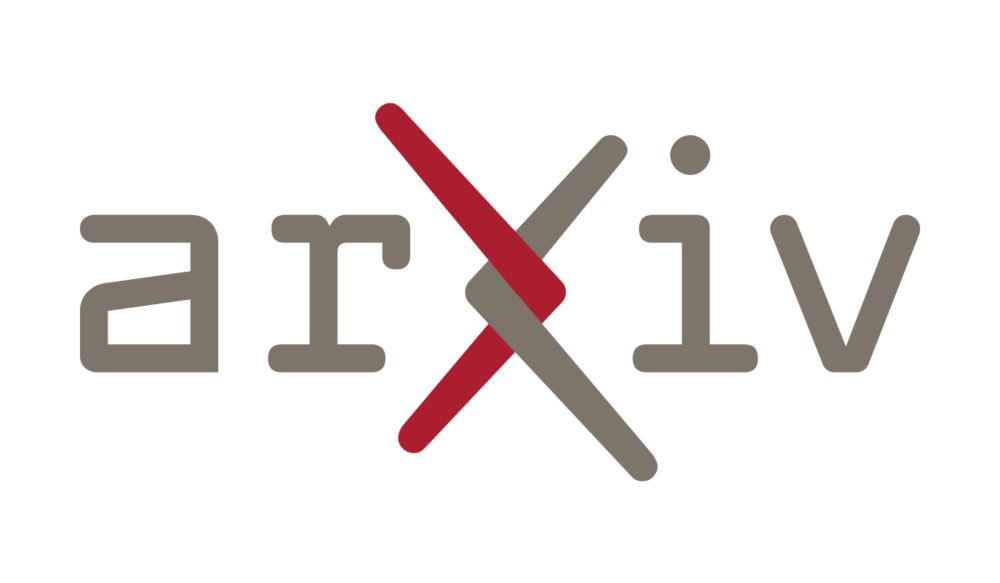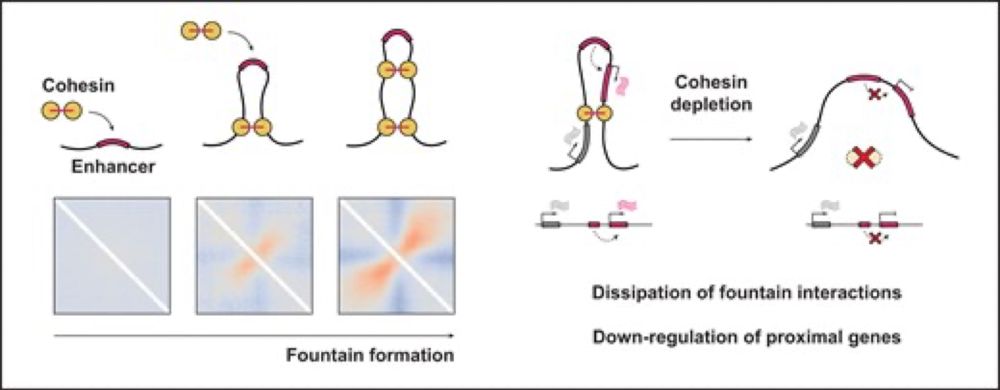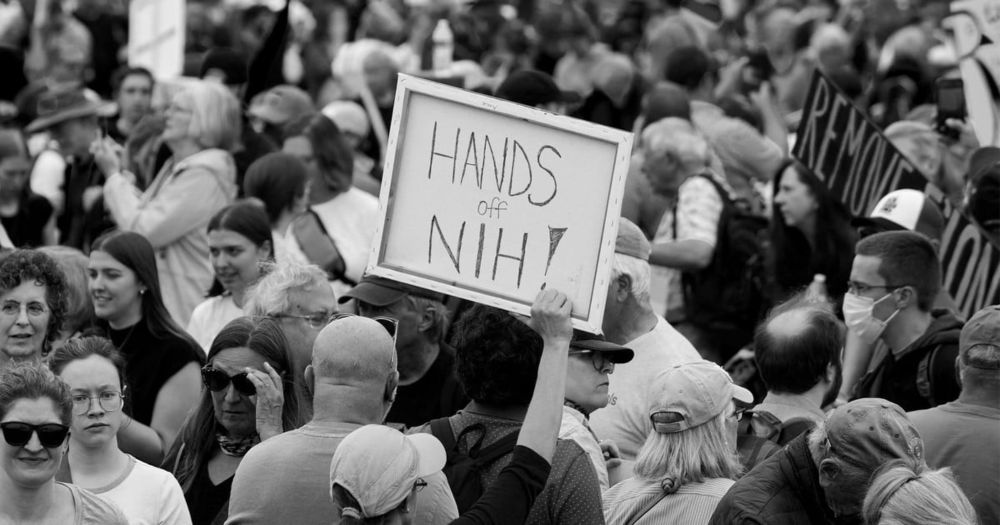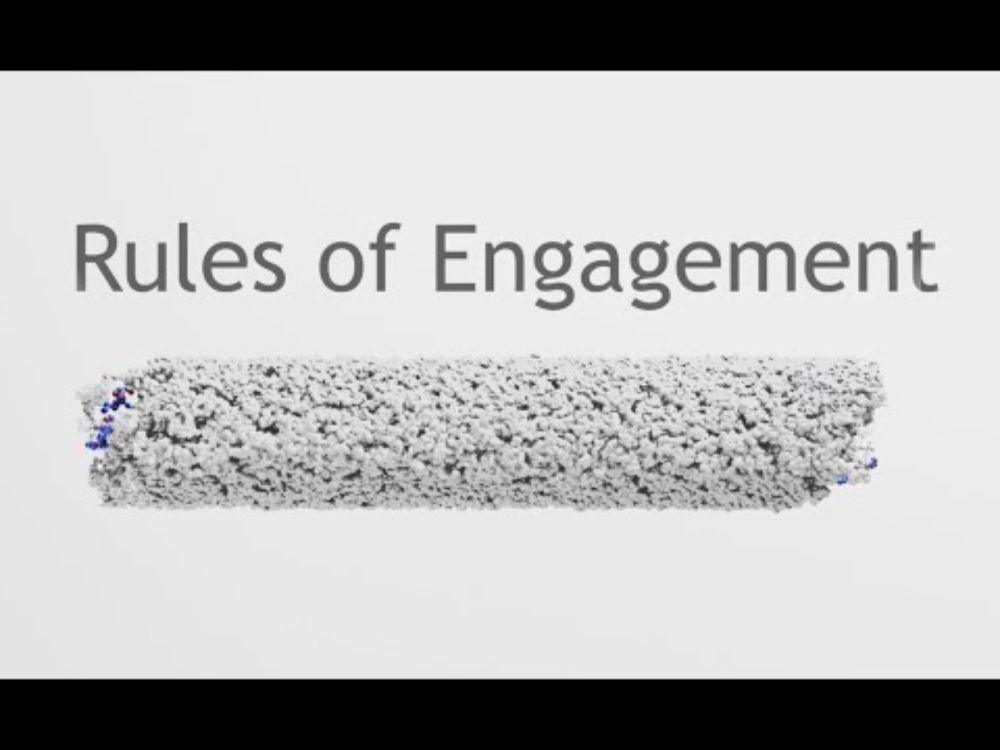Update: A Trump administration effort to block all funding that flows to outside health researchers was scrapped Tuesday evening after senior White House officials intervened www.wsj.com/politics/pol...
30.07.2025 03:26 — 👍 115 🔁 58 💬 4 📌 26

Trump Administration Puts New Chokehold on Billions in Health-Research Funding
The National Institutes of Health can’t award grants to outside researchers under a new White House restriction.
The NIH can’t award ANY grants to outside researchers under new WH restriction, reports @wsj.com.
The pause came in the form of a footnote from OMB Director Vought, in a document that doles out federal funds to the NIH.
Prelude to rescissions, especially after his comments over the weekend?
30.07.2025 00:44 — 👍 159 🔁 121 💬 4 📌 28
For ex., simply having a higher concentration of chromatin constraints at the periphery + motors is enough to achieve conventional chromatin organization (in terms of density) in steady state, with denser regions at the periphery, less dense in the interior (again, e.g., hetero- and euchromatin)
25.07.2025 14:17 — 👍 0 🔁 0 💬 1 📌 0
Uniform motor activity (e.g. RNAP) combined with a nonuniform spatial profile of chromatin crosslinkers (such as HP1) can sustain this nonuniform chromatin density profile. This works especially well w/ contractile motors that each draw chromatin inward toward a point. And not at all w/out motors!
25.07.2025 14:17 — 👍 0 🔁 0 💬 1 📌 0
Happy to share my postdoc work—our new preprint is out! 🧬 It’s been a privilege to lead this project.
I'm immensely grateful to Anton @golobor.bsky.social for being such an inspiring and supportive supervisor. Also truly thankful to @danielgerlich.bsky.social for his guidance and collaboration.
15.07.2025 12:23 — 👍 35 🔁 7 💬 3 📌 0
tagging co-first author Emily Navarrete
@emily-nav.bsky.social
who did the model development and simulation work along with some analysis of the Hi-C
08.07.2025 15:48 — 👍 1 🔁 0 💬 0 📌 0
These compartments change through development, have a specific epigenetic profile, have an unusual 3D radial organization, and lots of other interesting findings. Read the preprint! www.biorxiv.org/content/10.1...
08.07.2025 15:14 — 👍 1 🔁 0 💬 1 📌 0
This is a unique interplay of 2 basic mechanisms of chrm org!
Usually we think extrusion inhibits compartment patterns- but here it's essential to forming S comps
Preferential loading of extruders (cohesin to enhancers) can make jets/fountains, but this is loading to extended chromatin domain
08.07.2025 15:14 — 👍 1 🔁 0 💬 1 📌 0

Left: Contact frequency curves for the whole chromosome, and A, B, and S comps, along with the log-derivative curves, showing an extrusion shoulder around 40-60 kb in S compartments. Right: a snippet of a contact map showing extrusion features — local contact enrichment along dots and lines that are especially visible in S compartments.
Interestingly, the Hi-C expts display features of loop extrusion - dots of contact enrichment, stripes emanating from S compartment boundaries, and a characteristic extrusion shoulder in the contact frequency curve P(s) that is most notable in S comps
08.07.2025 15:14 — 👍 2 🔁 0 💬 1 📌 0
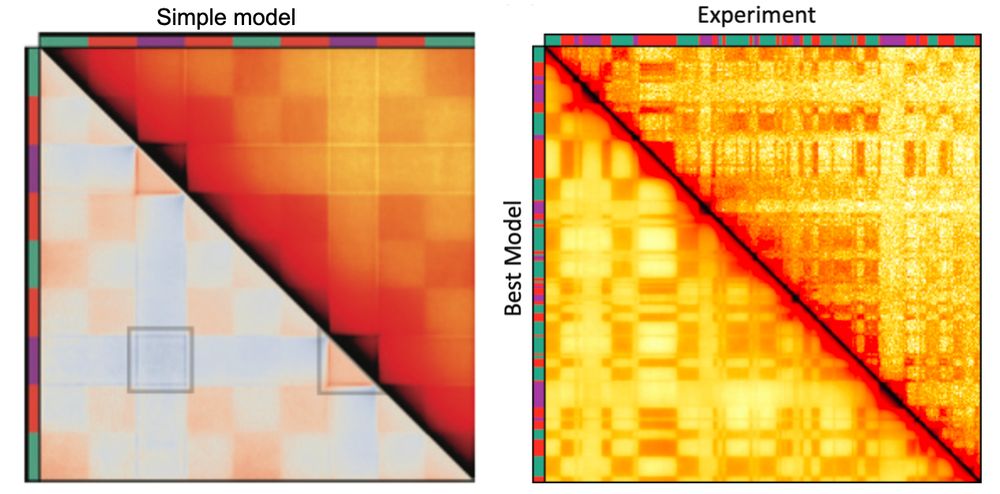
Two contact maps. Left: split map showing contacts and observed-over-expected for a simple compartment model in which loop extruders preferentially load within S compartments (indicated by purple on axes). All 3 features: i) on-diagonal contact enrichment, ii) off-diagonal inter-S depletion, and iii) depletion of contacts between S and entire chromosome are visible. Right: split map showing the agreement of the best simulation model of an experimentally observed compartment configuration and the corresponding Hi-C map from experiments.
But a cooperative combination of these two mechanisms can generate S compartment patterns! When loop extrusion is targeted to S compartments, we observe local contact enrichment in S, depletion of inter-S contacts, and sequestration from the rest of the chromosome
08.07.2025 15:14 — 👍 1 🔁 0 💬 1 📌 0
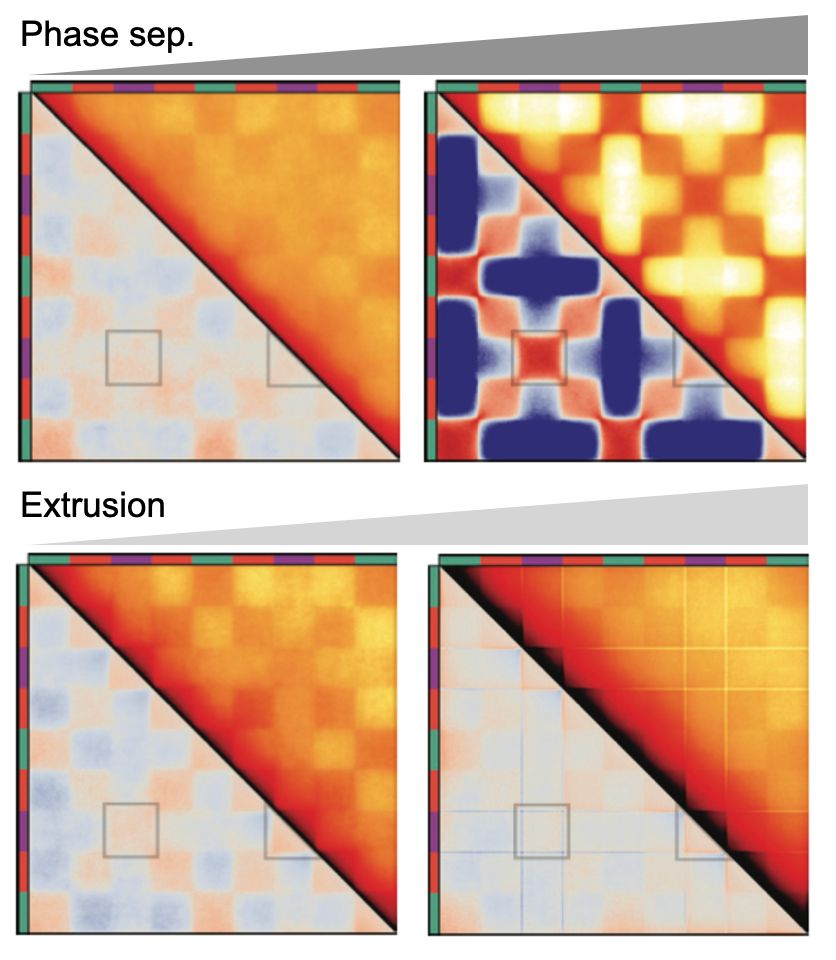
Hi-C maps from simple models of compartmentalization. Two maps in the top row show the result of weak and strong affinity-mediated microphase separation: on-diagonal S contacts are always correlated with off-diagonal inter-S compartment contacts. Two maps in the bottom row show that increasing the abundance of loop-extruding motors uniformly suppresses compartmentalization and does not give unique S compartment patterning.
Ok it’s unusual but is this just microphase separation or loop extrusion? No!
Emily’s simulations show S compartments can't be generated by either of these mechanisms alone! Phase separation makes unwanted inter-S contacts & extrusion can't deplete inter-S contacts w/out erasing all comps
08.07.2025 15:14 — 👍 1 🔁 0 💬 1 📌 0

A 7 Mb window of a Hi-C map of silkworm genome showing the newly observed “S compartments” as well as typical Hi-C features (checkerboard A/B compartment patterning and small on-diagonal TAD-like domains). Thin filled colored boxes along the axes mark A, B, and S compartments (red, green, purple). Boxes on the map outline 3 features of S compartments: i) on-diagonal contact enrichment, ii) off-diagonal contact depletion between S compartments, iii) smooth depletion of S and all other parts of the chromosome.
How are S compartments are strange? 3 key features: i) on-diagonal contacts enriched, ii) off-diagonal contact depletion bet/ S comps. (unlike usual compartments, not typical of TADs), iii) smooth depletion of S & all other parts of the chrm (extreme sequestration!)
08.07.2025 15:14 — 👍 1 🔁 0 💬 1 📌 0
Unique territorial and compartmental organization of chromosomes in the holocentric silkworm
Hallmarks of multicellular eukaryotic genome organization are chromosome territories, compartments, and loop-extrusion-mediated structures, including TADs. However, these are mainly observed in model organisms, and most eukaryotes remain unexplored. Using Hi-C in the silkworm Bombyx mori we discover a novel chromatin folding structure, compartment S, which is “secluded” from the rest of the chromosome. This compartment exhibits loop extrusion features and a unique genetic and epigenetic landscape, and it localizes towards the periphery of chromosome territories. While euchromatin and heterochromatin display preferential compartmental contacts, S domains are remarkably devoid of contacts with other regions, including with other S domains. Polymer simulations show that this contact pattern can only be explained by high loop-extrusion activity within compartment S, combined with low extrusion elsewhere through the genome. This unique, targeted extrusion represents a novel phenomenon and underscores how evolutionarily conserved mechanisms—compartmentalization and loop extrusion—can be repurposed to create new 3D genome architectures. ### Competing Interest Statement The authors have declared no competing interest.
A little belated posting, but we (Emily Navarrete, Leonid Mirny, me) have an updated preprint in collaboration the Ines Drinnenberg, Héloïse Muller, José Gil Jr, + others on the strange and striking compartmentalization of silkworm chromatin: www.biorxiv.org/content/10.1...
08.07.2025 15:14 — 👍 22 🔁 11 💬 1 📌 0
Ashamed of my PhD institution Penn deciding to ban and erase trans athletes today. Could just barely wait to get out of Pride month. Another university trying to make an impossible deal with Trump or is this what the suits wanted anyway? Gross either way www.espn.com/college-spor...
02.07.2025 03:36 — 👍 4 🔁 0 💬 0 📌 0

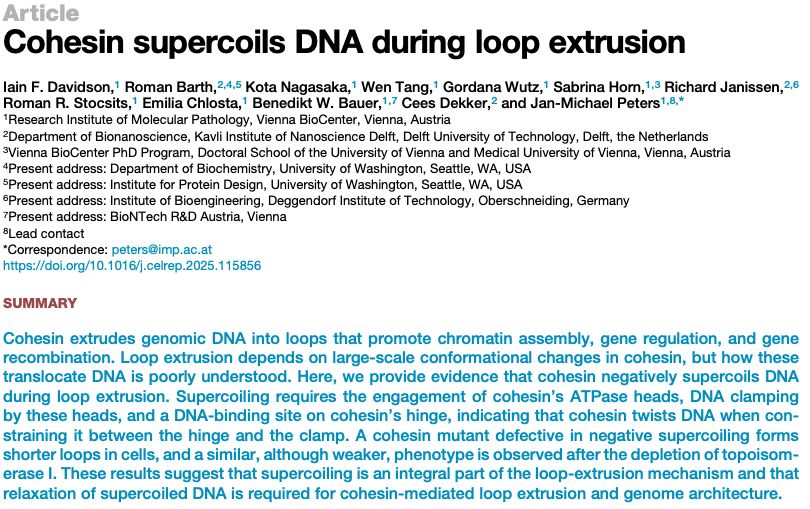
Latest #CDlab paper online now:
Cohesin supercoils DNA during loop extrusion
www.cell.com/cell-reports...
This extensive study was led by Jan Michael Peters at Vienna; our lab contributed mostly modeling of plasmid supercoiling (@romanbarth.bsky.social) and single-molecule data (Richard Janissen).
16.06.2025 12:01 — 👍 25 🔁 8 💬 1 📌 0
Getting confirmation from several sources that the review branch at the National Institute of General Medical Sciences (NIGMS) at NIH no longer exists.
I am sure this is true across many/all institutes and centers at NIH.
I hope the Center for Scientific Review will be up to the task.
06.06.2025 14:34 — 👍 109 🔁 53 💬 11 📌 4

(1/n) Thread @matteomazzocca.bsky.social @domenicnarducci.bsky.social Simon Grosse-Holz @jessematthias.bsky.social preprint
Q: how does chromatin move?
Using MINFLUX, SPT & SRLCI, we track chromatin dynamics across 7 orders of magnitude in time to provide answers www.biorxiv.org/content/10.1...
15.05.2025 12:37 — 👍 68 🔁 22 💬 2 📌 1
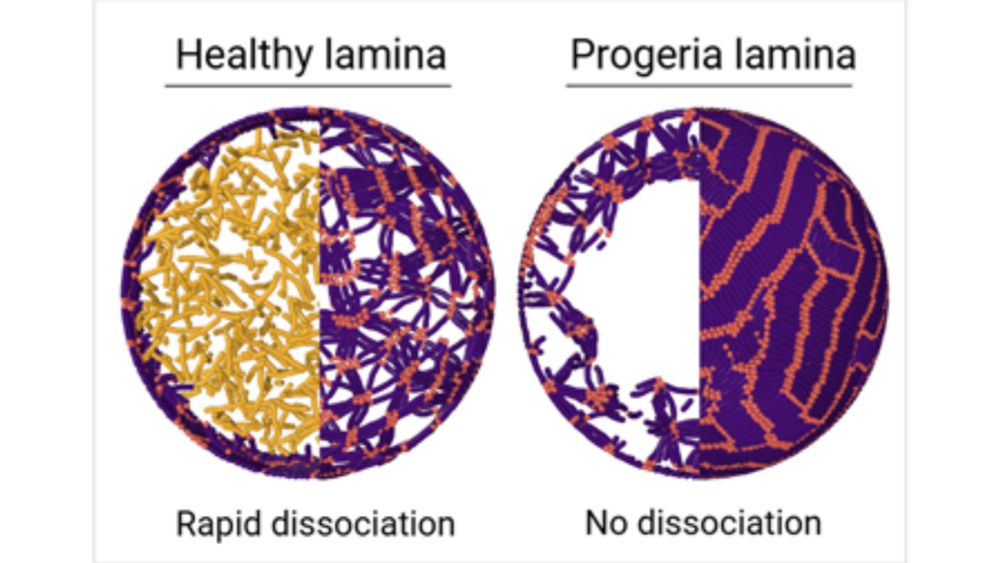
Phase behavior and dissociation kinetics of lamins in a polymer model of progeria
One of the key structural proteins in the eukaryotic cell nucleus is lamin. Lamins can assemble into a two-dimensional protein meshwork at the nuclear periphery
How Can Mesoscale Phases of Lamin Fibrous Structure Form on the Nuclear Surface? 🔍🧬
Lamina is a protective meshwork at the nuclear periphery, but in diseases like HGPS, its structure becomes disrupted and becomes thicker with the traces of nematically ordered lamin fibers.
09.05.2025 11:27 — 👍 3 🔁 2 💬 1 📌 0
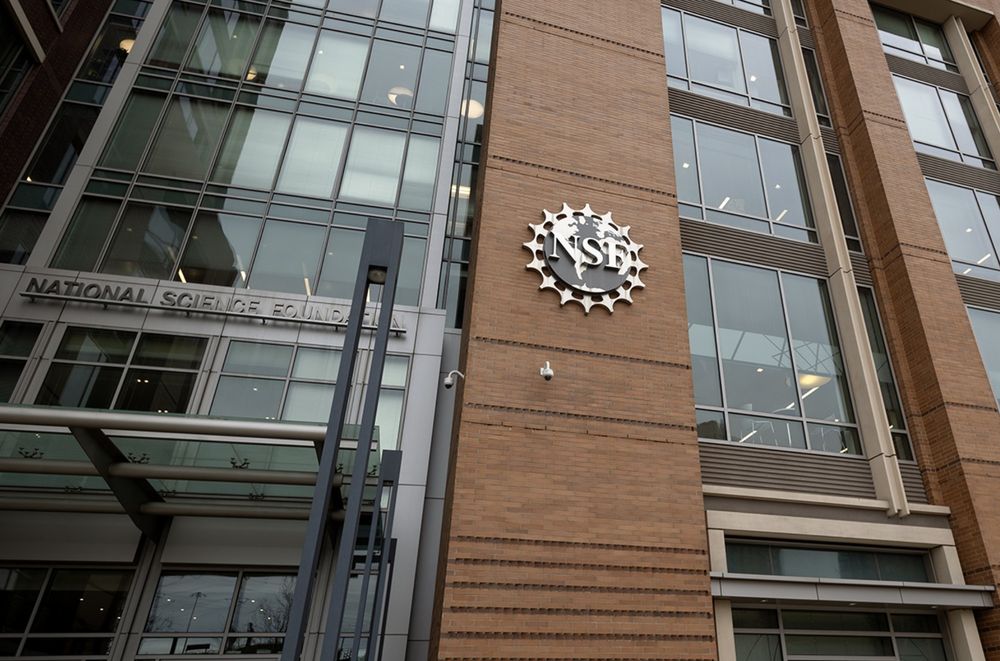
Exclusive: NSF faces radical shake-up as officials abolish its 37 divisions
Changes seen as a response to presidential directives on what research to fund
Exclusive: National Science Foundation staff were told today that the agency’s 37 divisions—across all eight directorates—are being abolished and the number of programs within those divisions will be drastically reduced.
08.05.2025 23:35 — 👍 2123 🔁 1547 💬 158 📌 447

Opinion | No One Has Ever Defeated Autocracy From the Sidelines
„Americans are living under a new regime. The question now is whether we will allow it to take root.
So far, American society’s response to this authoritarian offensive has been underwhelming — alarmingly so.“
Written by political scientists who study how democracies come to an end
08.05.2025 11:56 — 👍 82 🔁 31 💬 4 📌 3
(1/n) New preprint from @claricehongky.bsky.social
Fan Fang Varshini Ramanathan in collab w Jie Liu.
Q: How do we get ultra-high-res 3D genome maps?
A: New deep learning model, Cleopatra.
Cleo trains on Micro-C, fine-tunes on RCMC, and predicts genome-wide 3D maps at ultra-high resolution.
07.05.2025 20:54 — 👍 65 🔁 23 💬 3 📌 0
Time to catch up on the past week’s news about science and medicine in the US. Whew. 1/10
01.05.2025 23:50 — 👍 655 🔁 355 💬 27 📌 89
YouTube video by Johan Gibcus
Rules of Engagement
Earnshaw, Goloborodko, Dekker & Mirny labs are excited to present our latest work, "Rules of engagement for condensins and cohesins guide mitotic chromosome formation" - now accepted!!
www.science.org/doi/10.1126/...
A short clip describing the key results:
www.youtube.com/watch?v=pmvO...
11.04.2025 07:45 — 👍 98 🔁 53 💬 7 📌 6

From MBoC
DNA damage causes ATM-dependent heterochromatin loss leading to nuclear softening, blebbing, and rupture, by Andrew Stephens, UMass Amherst, et al.
doi.org/10.1091/mbc.... #ASCB #CellBiology
07.04.2025 13:06 — 👍 4 🔁 1 💬 0 📌 0
They are resegregating academic science
04.04.2025 13:35 — 👍 47 🔁 25 💬 1 📌 0
New Yorker staff writer and Houston Rockets fan.
Science reporter at the Wall Street Journal.
Signal: @nidhisubs.11 Email me: nidhi.subbaraman@wsj.com. https://www.wsj.com/news/author/nidhi-subbaraman
EST. 1996 • Boston, Mass.
https://linktr.ee/dropkickmurphys
Interested in #physics of life. Theorist but some of my best friends are experimentalists.
Assistant Professor @biozentrum.unibas.ch • Theoretical biophysics • Postdoc ISTAustria, PhD LMU Munich, MSc Cambridge University
www.biozentrum.unibas.ch/brueckner
Biophysicist & computational biologist | Genome organization, chromatin modeling
Postdoc at Institut Curie, Paris (Leonid Mirny group) | Formerly at IMBA, Vienna (Anton Goloborodko group)
Theoretical physicist interested in the physics of living systems and statistical physics. Professor at LMU Munich. Passionate about emergent phenomena and interdisciplinary research.
https://www.theorie.physik.uni-muenchen.de/lsfrey/
Enhancers, 3D genome organisation, pluripotent stem cells
Babraham Institute and Enhanc3D Genomics
National Reporter for Religion News Service. "Workaday writer." — The New Yorker. Author of "American Prophets," a book on the religious left. Tips? Try me on Signal: jackmjenkins.60 Website: jackjenkins.me
The joint King and Lusk Labs. Interested in nuclear dynamics, mechanics and quality control.
CNRS Senior Researcher - Group Leader at Laboratory of Biology and Modeling of the Cell, Ecole Normale Supérieure de Lyon.
Physical biology of chromatin: modeling the spatio-temporal dynamics of eukaryotic genomes.
Chromatin and cancer and condensates. Lab Head in Discovery Oncology at Genentech.
AmyStrom.com
EPIGENETIC HULK SMASH PUNY GENOME. MAKE GENOME GO. LOCATION: NOT CENTROMERE, THAT FOR SURE
What's the opposite of apocalypse? Trying to chronicle that. Climate journalist based in NYC. Only speaking for myself.
Tips? Reach me on Signal kendrawrites.04
A bit of 3D gene regulation, single-cell omics and transgenic models.
Born and raised in the bay of Algeciras. Enjoying Science and Flamenco at CABD, Seville.
Lab website: https://lupianezlab.github.io/Website/
Email: dario.lupianez@csic.es

